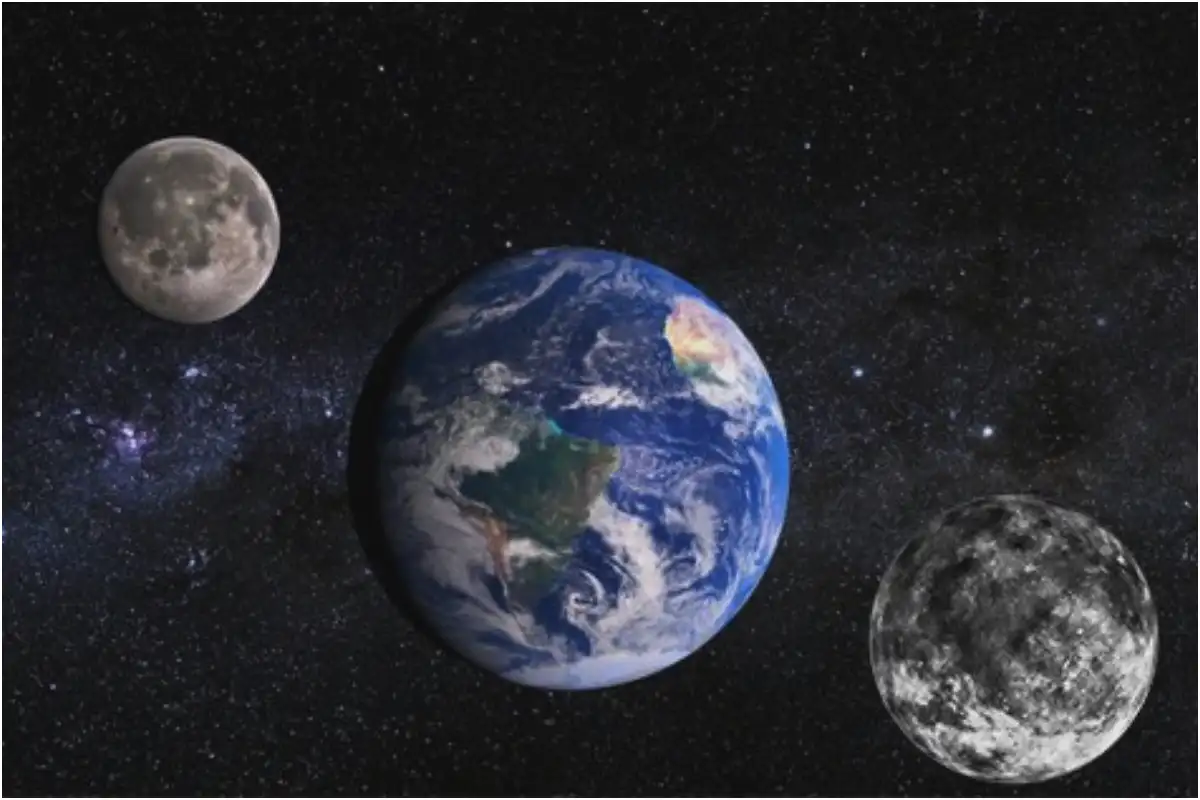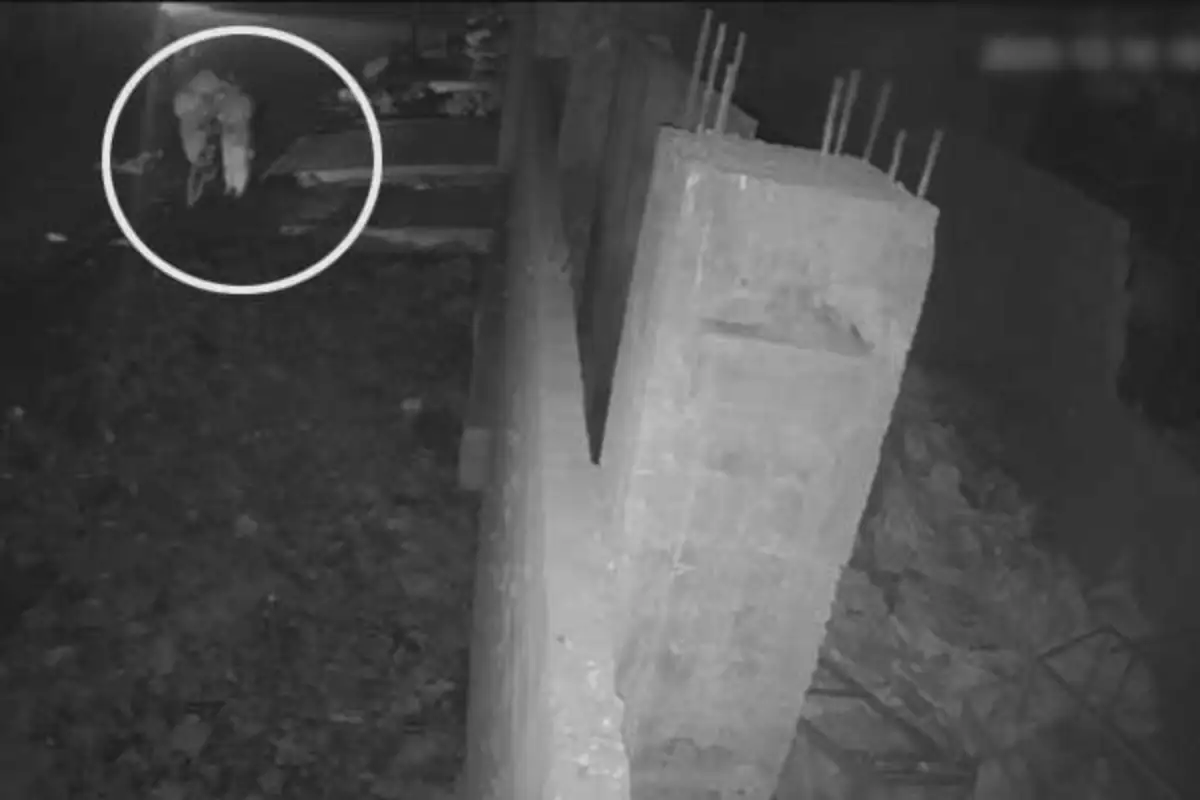Does Earth Have Two Moons? NASA Clarifies as Earth’s Quasi-Moon 2025 PN7 Joins Orbit

Does Earth Have Two Moons? NASA Clarifies as Earth’s Quasi-Moon 2025 PN7 Joins Orbit
A recent wave of online posts has led some to believe that Earth now has two moons. However, NASA has stepped in to clarify the situation, explaining that the new “second moon” is not actually a natural satellite, but a quasi-moon—an asteroid temporarily sharing Earth’s orbit. This object, designated 2025 PN7, is a small near-Earth asteroid that orbits the Sun in a path similar to Earth’s, making it appear to be closely associated with our planet.
In reality, the quasi-moon is not bound by Earth’s gravity but rather follows a synchronized orbit with our planet, creating an illusion of it circling Earth. While this relationship may seem like a second moon, there are key differences between moons and quasi-moons. A true moon is gravitationally bound to its planet and follows a direct orbit around it, while a quasi-moon orbits the Sun but is temporarily “phase-locked” with Earth, moving in a complex path relative to our planet.
Key Facts About 2025 PN7:
- Size: Roughly 18–36 meters in diameter, comparable to a small building.
- Brightness: Extremely faint (magnitude 26), beyond the reach of typical backyard telescopes.
- Distance: Ranges from a few million to tens of millions of kilometers from Earth, far beyond the Moon’s orbit.
Longevity: It is expected to remain in this quasi-satellite orbit until around 2083, after which its path will shift due to gravitational interactions.
Despite its fascinating orbital dance, 2025 PN7 poses no risk to Earth. No potential impact threats have been identified, and the object is regularly monitored by astronomers as part of ongoing near-Earth object tracking programs.
Although the asteroid’s appearance has sparked curiosity, observers won’t be able to spot it with the naked eye. The quasi-moon is too small and distant to be seen, and it will not alter the familiar lunar landscape in the sky. This new object is simply a brief, scientific curiosity—an interesting chapter in the dynamics of the Solar System.
Why Is This Important?
Astronomers are particularly interested in quasi-moons like 2025 PN7 for their potential to provide insights into the gravitational relationships between Earth, the Sun, and other celestial bodies. Additionally, these small objects can offer clues about the composition and evolution of asteroids, and their Earth-like orbits make them potential targets for future space missions.
Though Earth remains with its single, permanent moon, 2025 PN7’s temporary companionship adds a new layer to the fascinating study of space and orbital mechanics. For now, it remains a reminder of the dynamic, ever-changing dance between Earth and its cosmic neighbors.
Catch all the Trending News, Breaking News Event and Trending News Updates on GTV News
Join Our Whatsapp Channel GTV Whatsapp Official Channel to get the Daily News Update & Follow us on Google News.














